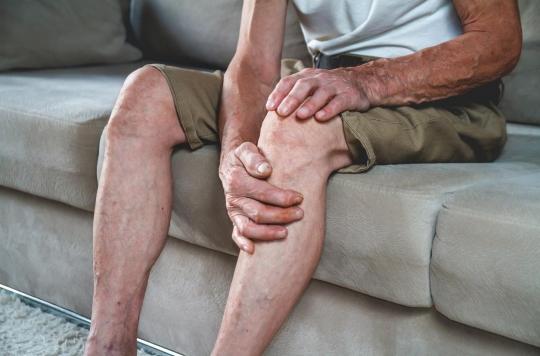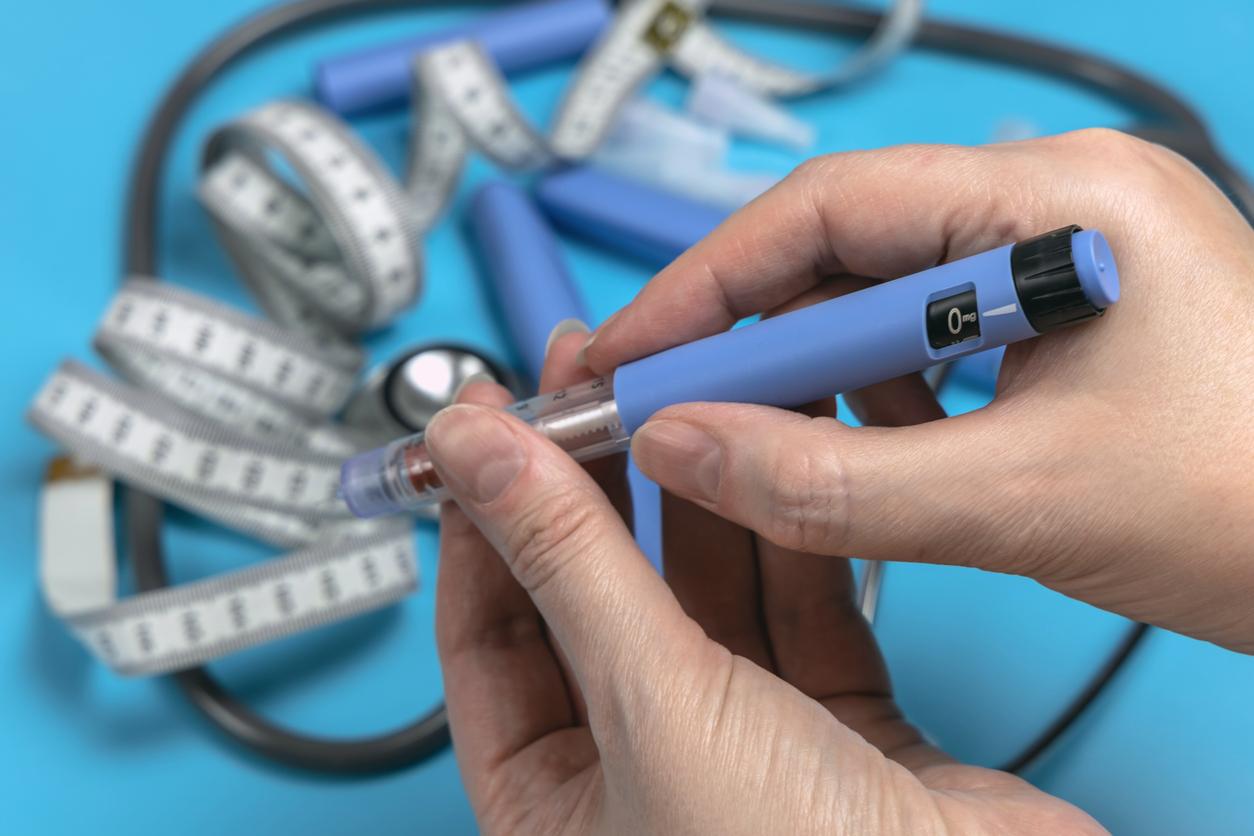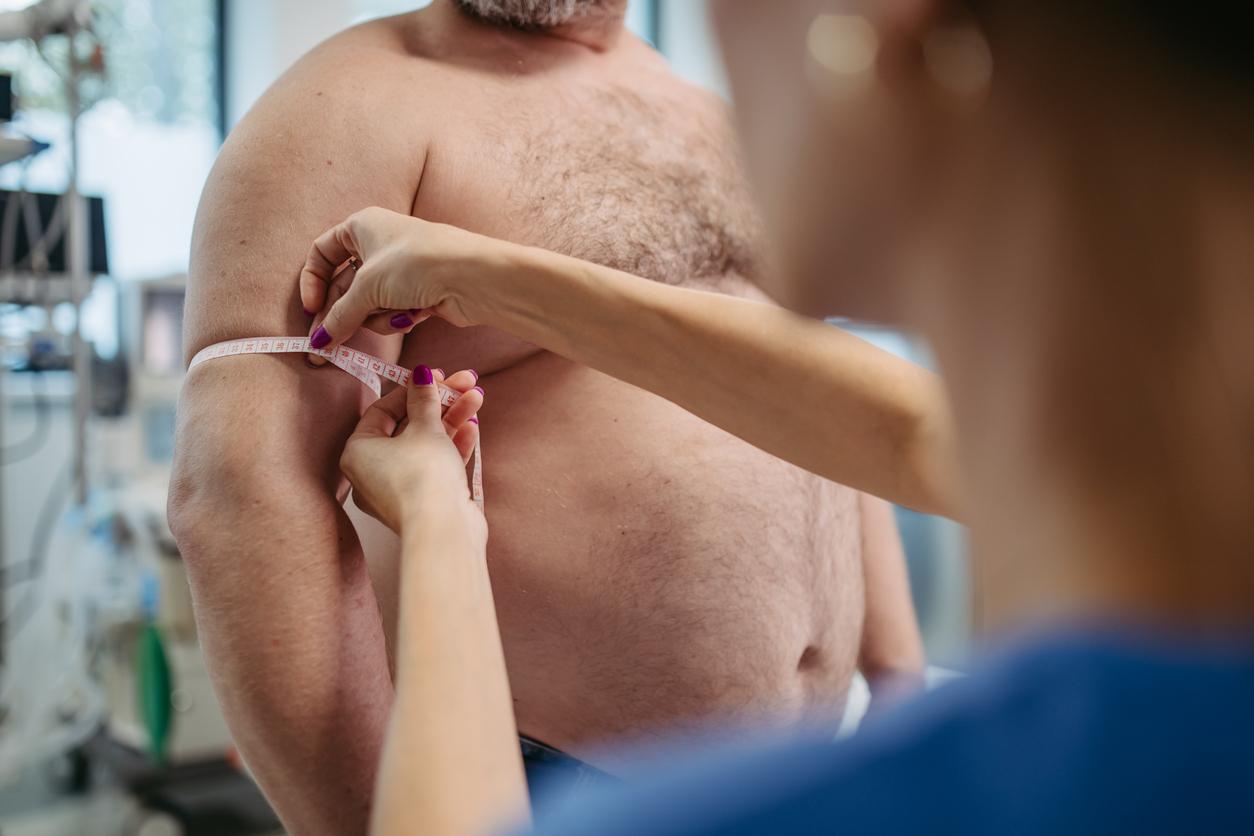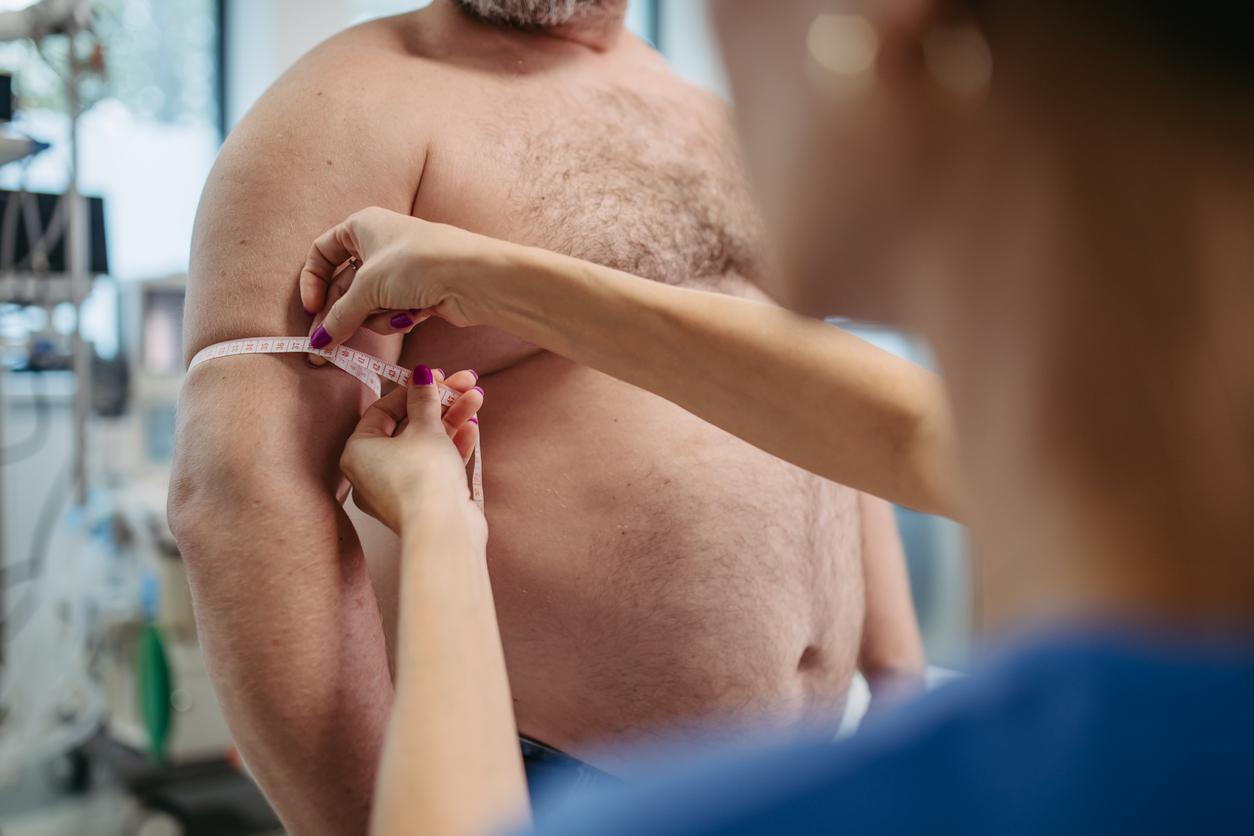The venous disease which affects 18 million people in France is hereditary, chronic and progressive. This implies treatment as soon as the first symptoms appear, such as heavy legs or small varicose veins. A patient testifies.

- Venous disease is a chronic and progressive disease which can therefore worsen if it is not taken care of.
- It is estimated that this disease affects 18 million people in France
- The various treatments make it possible to control the evolution of the disease and its effects
“I have been suffering from venous insufficiency for about 3 years. I didn’t realize it at first. I came home from work with very heavy legs and calves, difficulty climbing stairs without understanding why. There is a feeling of general fatigue, of being in slow motion. Remy is one of the 18 million people affected in France by venous disease, a chronic disease, that is to say from which there is no cure, progressive, which therefore risks getting worse if it is not taken into account. load, and hereditary therefore partly dependent on a factor against which one cannot act, contrary to the other factors which are overweight and a sedentary lifestyle.
The importance of heredity
The hereditary nature of venous disease concerns both the father and the mother and affects men and women equally, even if the latter are slightly more likely to suffer from the disease, in particular due to the influence of hormonal effects. pregnancies. “Heredity is very important, when you have a parent who has varicose veins, you have a 50% risk of having them and when both parents have them, the risk is 90%”explains Dr. Christelle Bougard, phlebologist.
On the other hand, the other risk factors that are overweight and physical inactivity are elements on which the patient can act by modifying his lifestyle. This is the case of Henry, who testified after a sclerotherapy session: “The treatment allows me to have a much more comfortable daily life, especially when jogging. My calves and thighs hurt less, I have regained my agility. In my work in the bakery, I am always on my feet and now I tire much less.”
Sclerosis or surgery
Sclerosis treatment consists of injecting a liquid into the varicosity, which makes it disappear. “For a few years, we have also been using foam sclerosis, it is the same product that we transform into foam, which will be much more powerful and which allows sclerosis of larger venous trunks”says Dr. Christelle Bougard.
When these treatments are insufficient, surgery may be necessary. “We now have less invasive methods than stripping, which consists of removing the part of the vein where the varicose vein is located; with the new endovenous techniques, the vein is burned from the inside using a probe or a laser, there are fewer post-operative consequences”emphasizes Christelle Bougard.
Physicians can now have a new tool that guides them in assessing the stage of a patient’s disease. A “Vein Test” has been developed by a French team led by Doctor Vincent Crébassa, a vascular doctor in Montpellier. Developed from data collected from more than 33,000 people in France, this test based on a simple questionnaire makes it possible to define three levels of probability of a venous disease, low, moderate or high. “This makes it possible to identify patients who need early care and to assess the impact of this care”explains Vincent Crébassa.
Find below the report with the patient:
Below, the interview of Doctor Vincent Crébassa on the “vein test”:
.

















